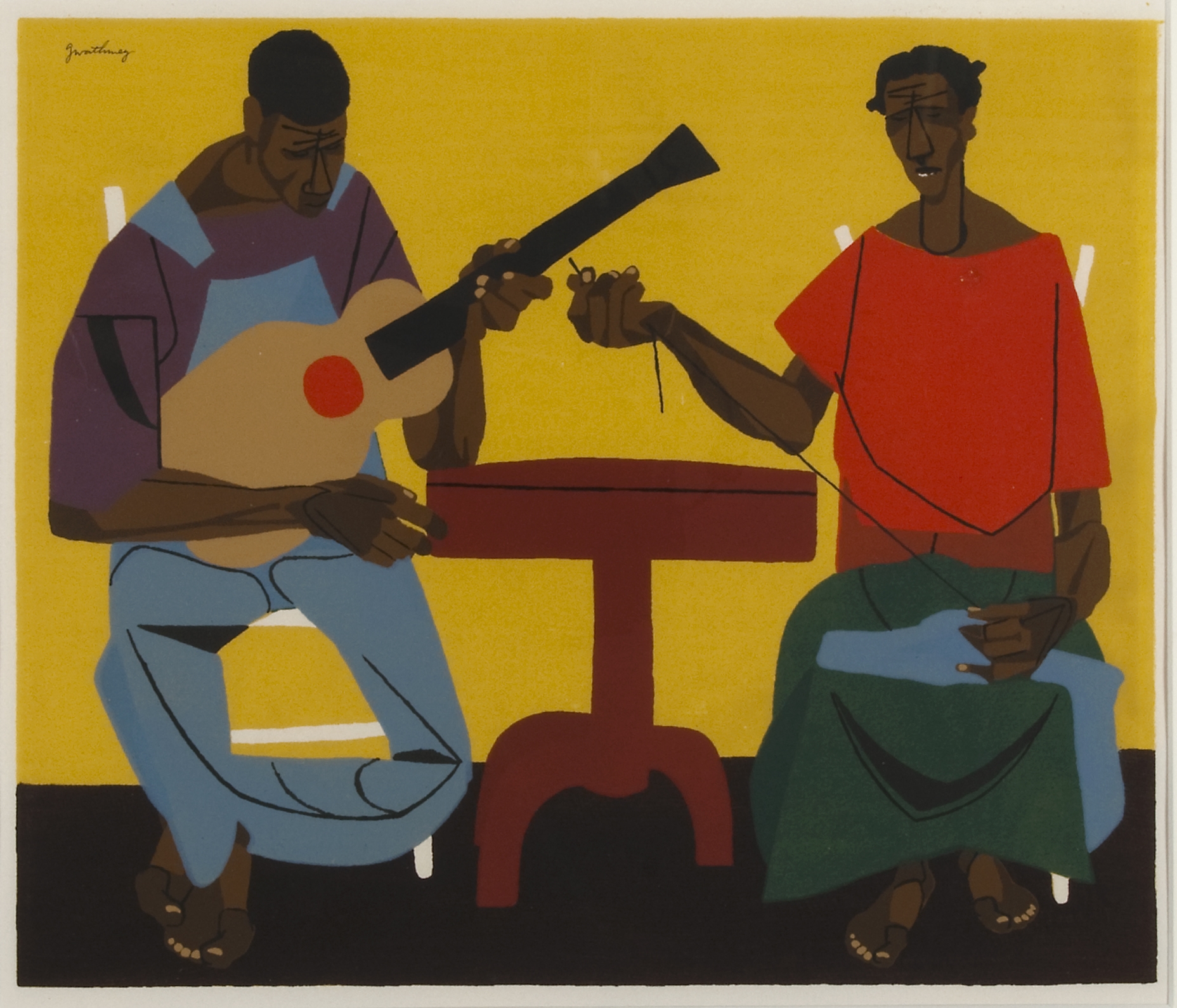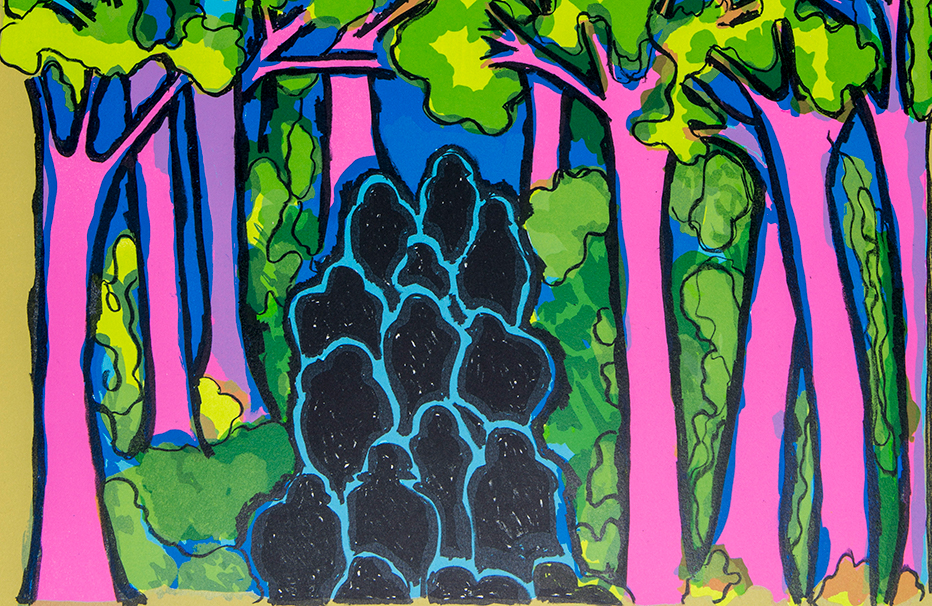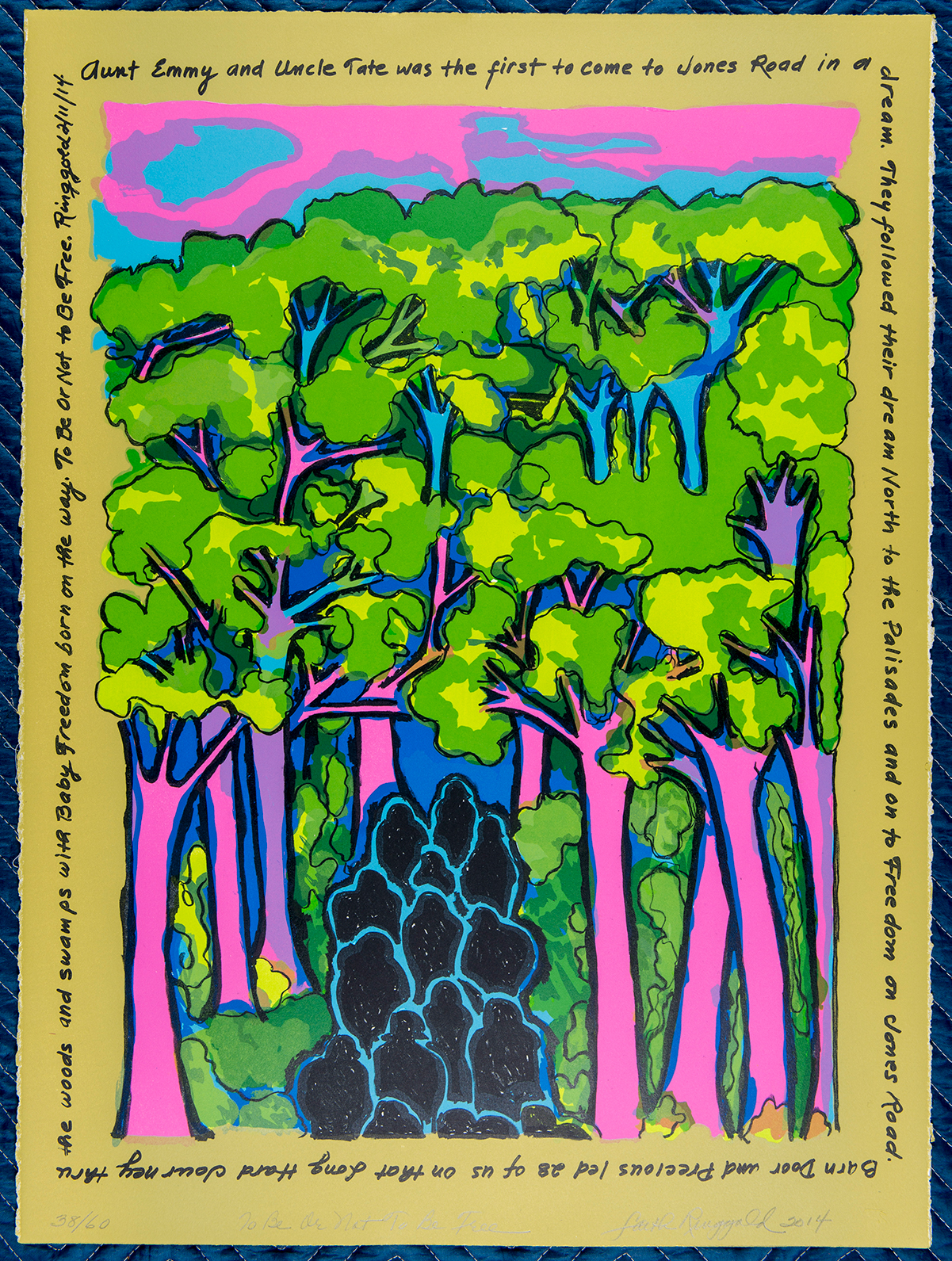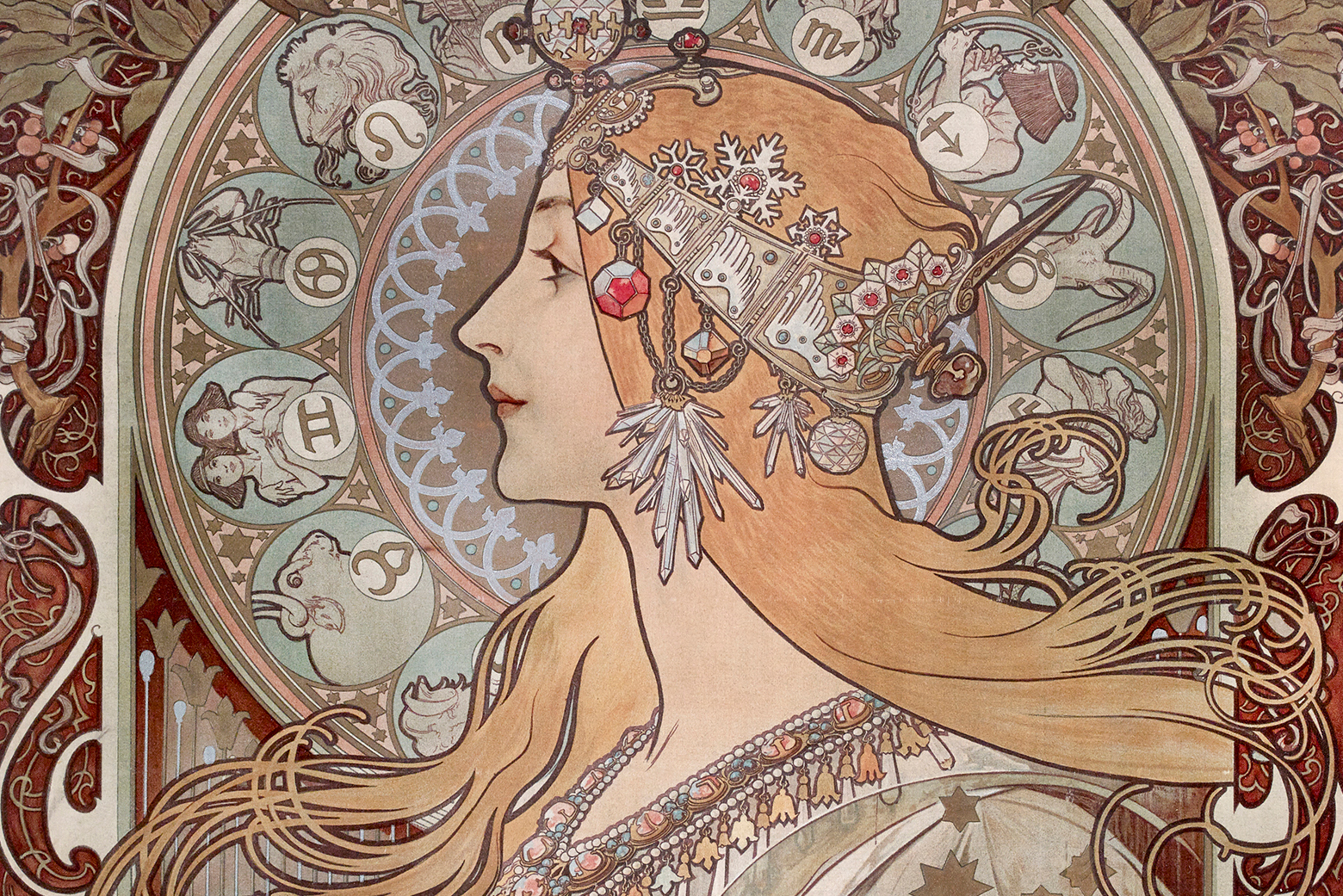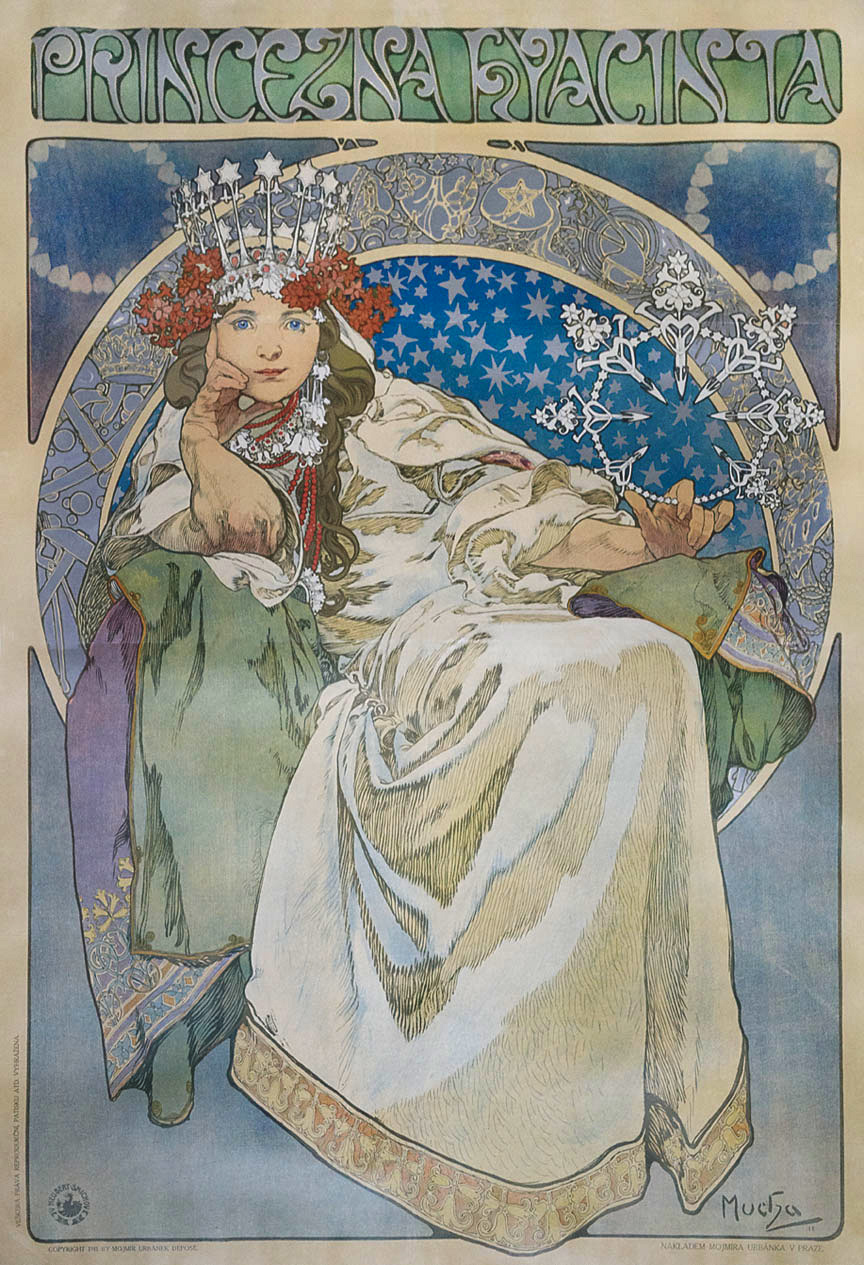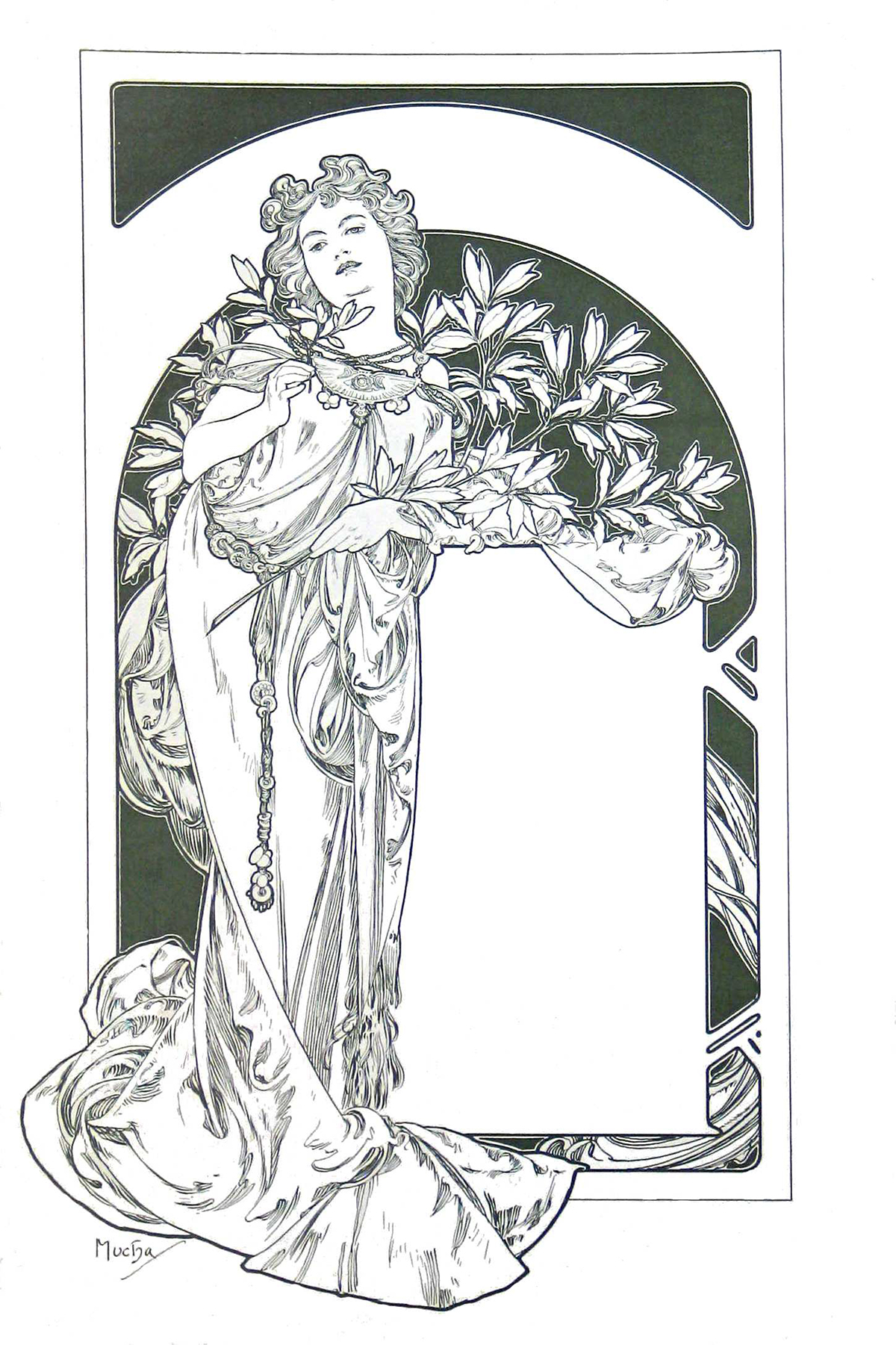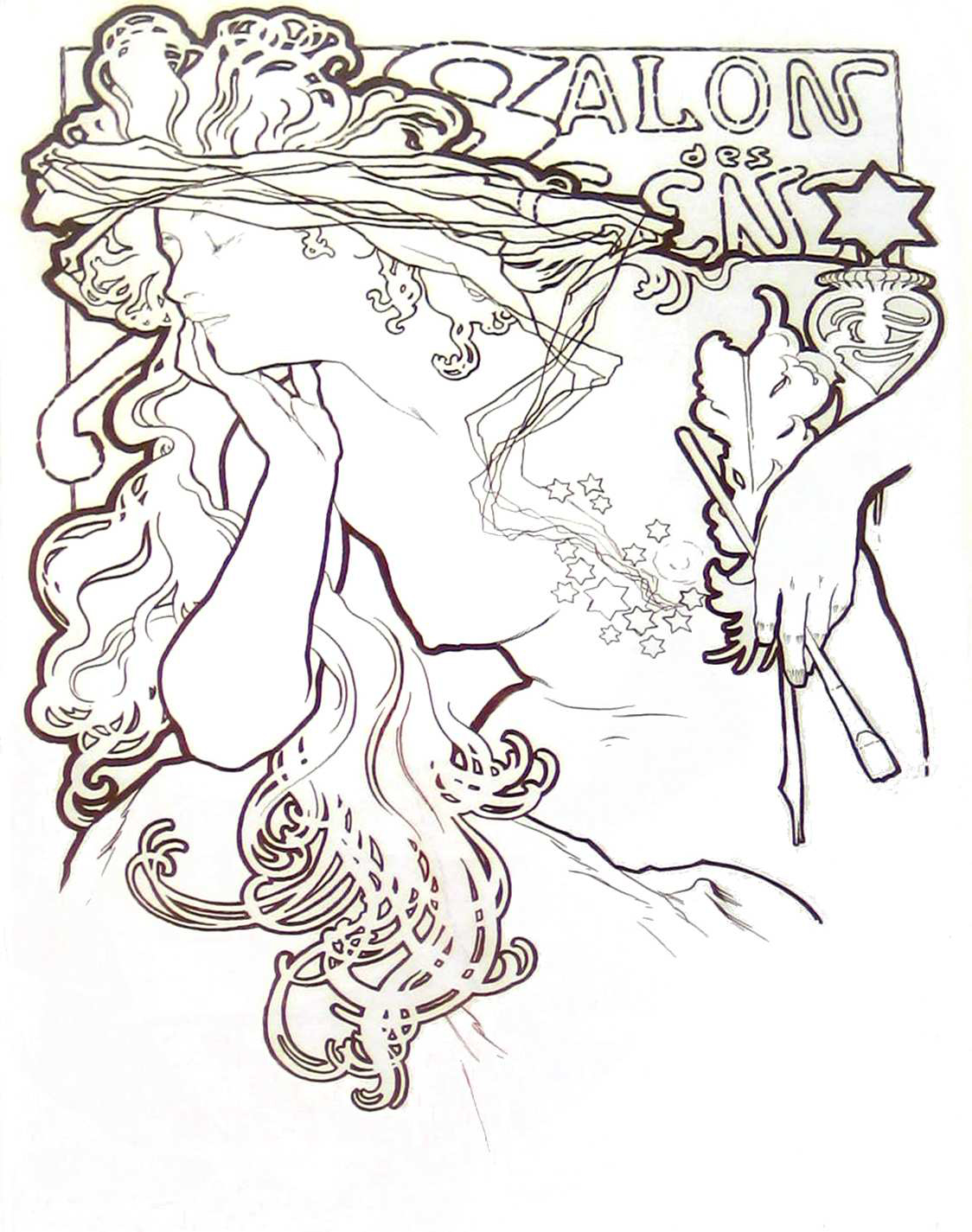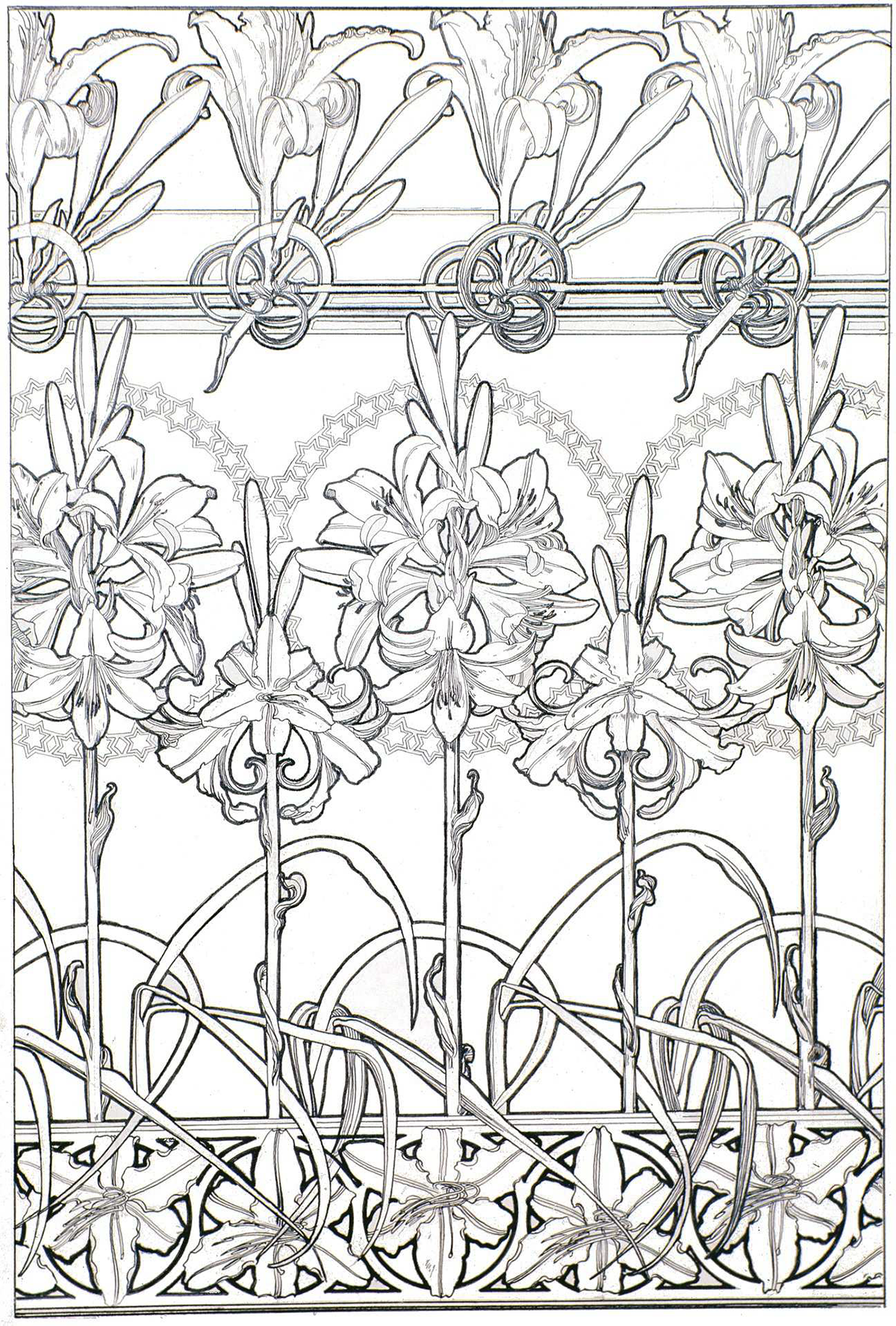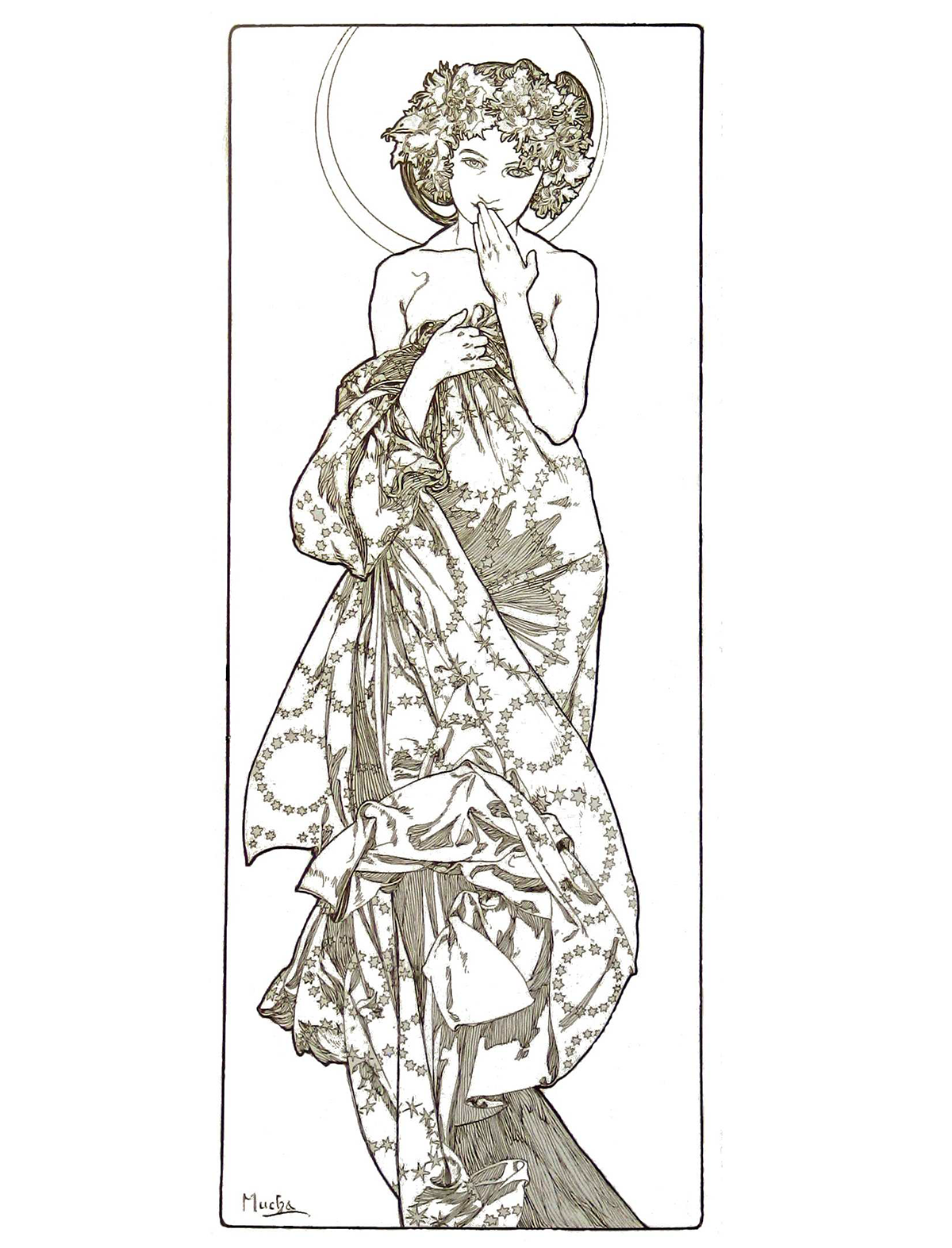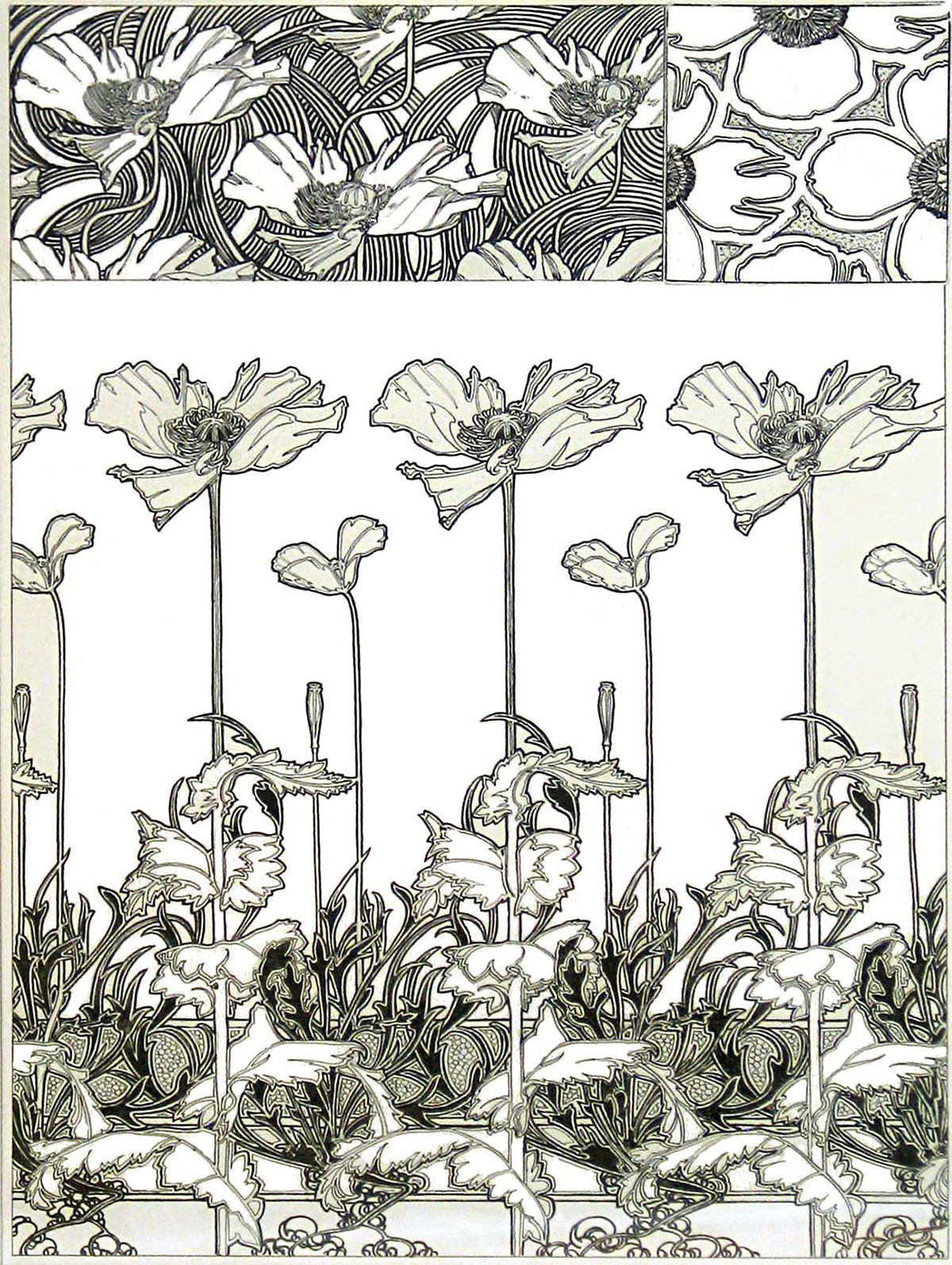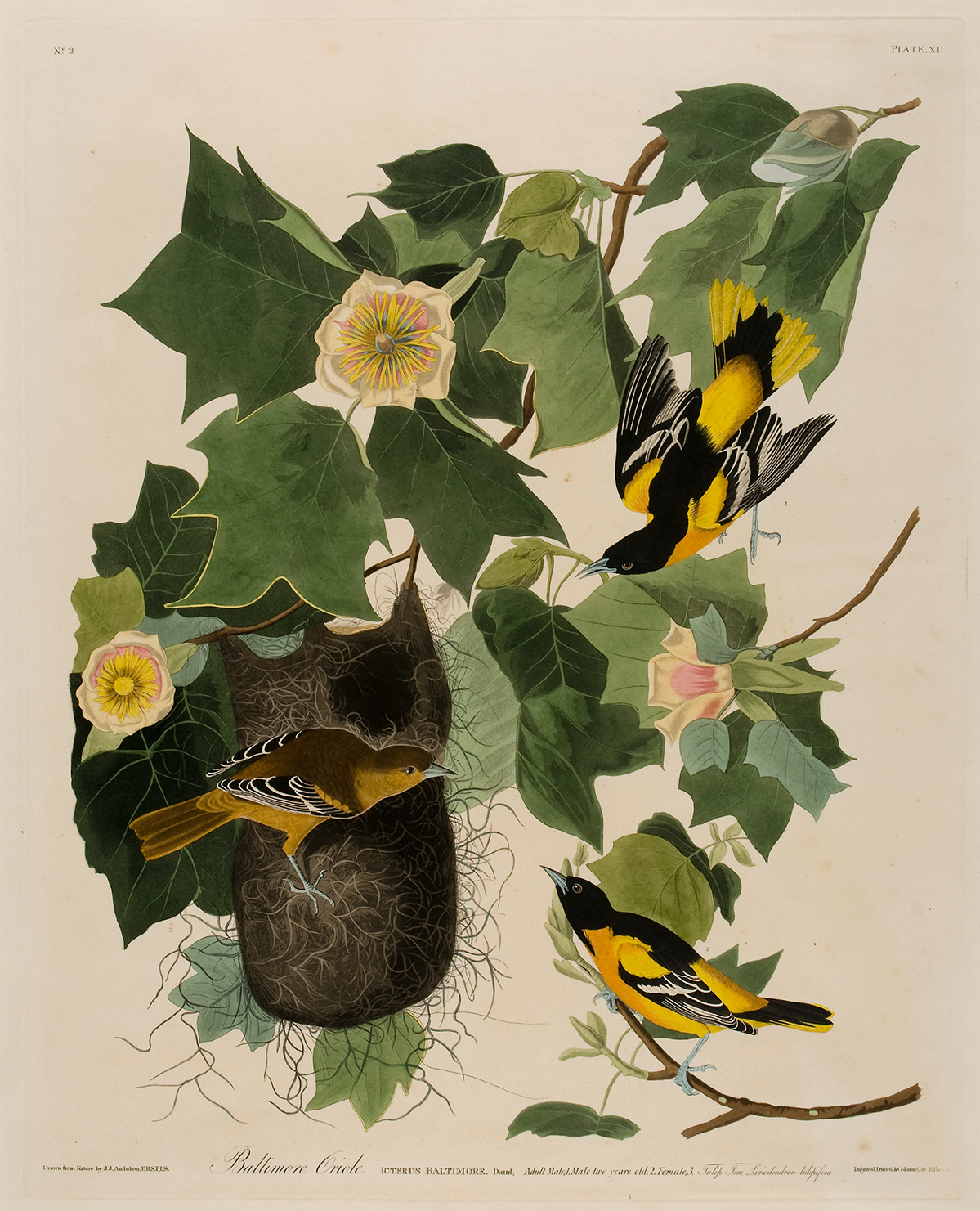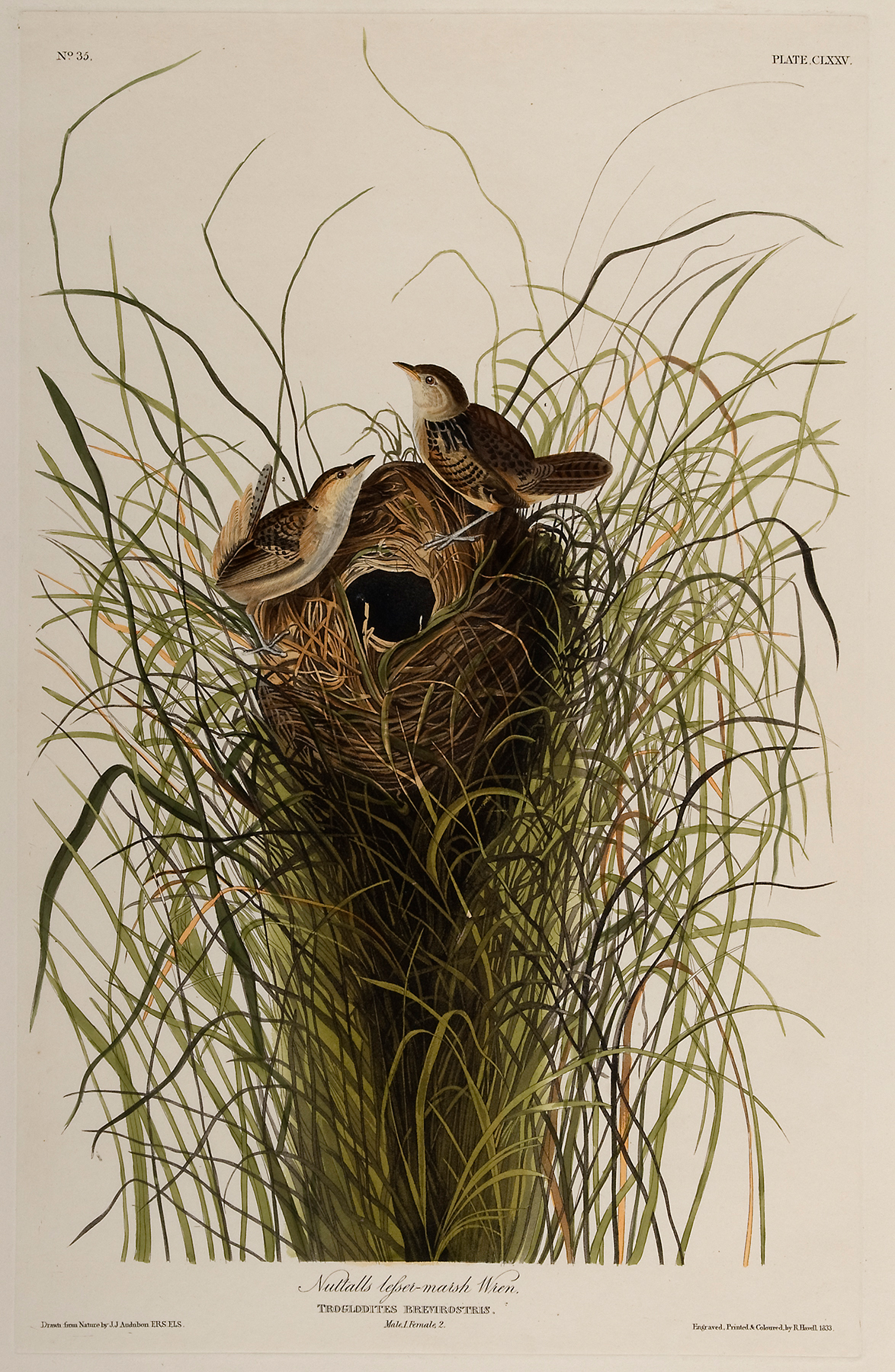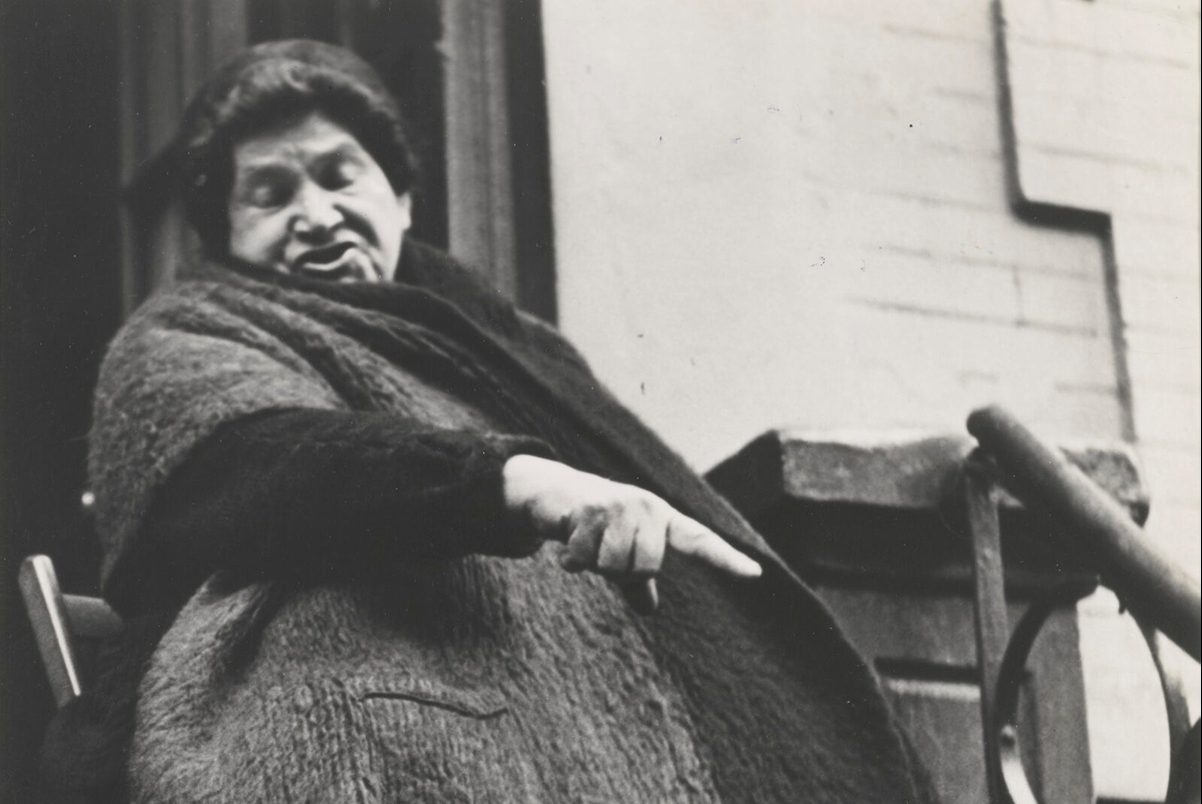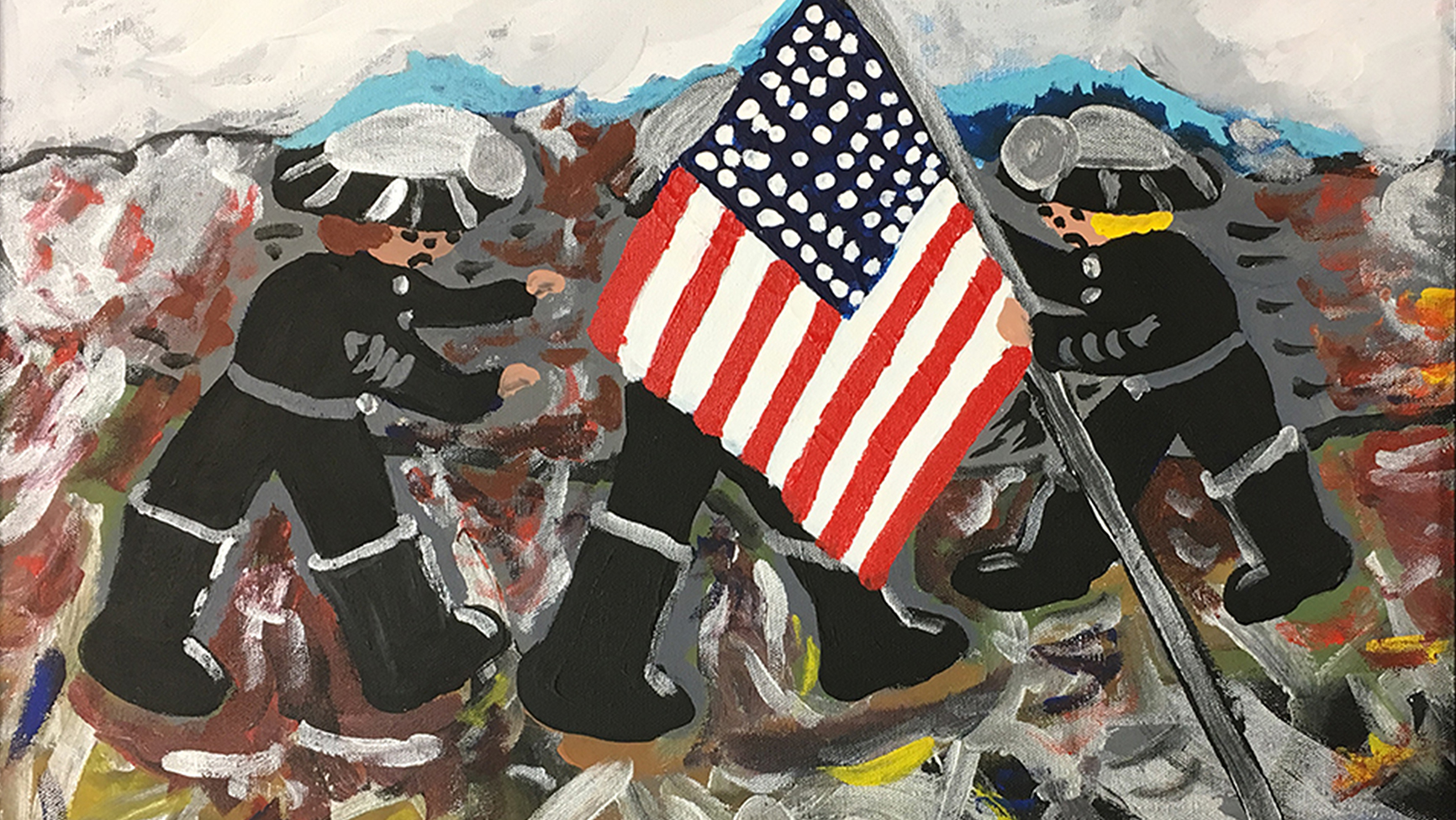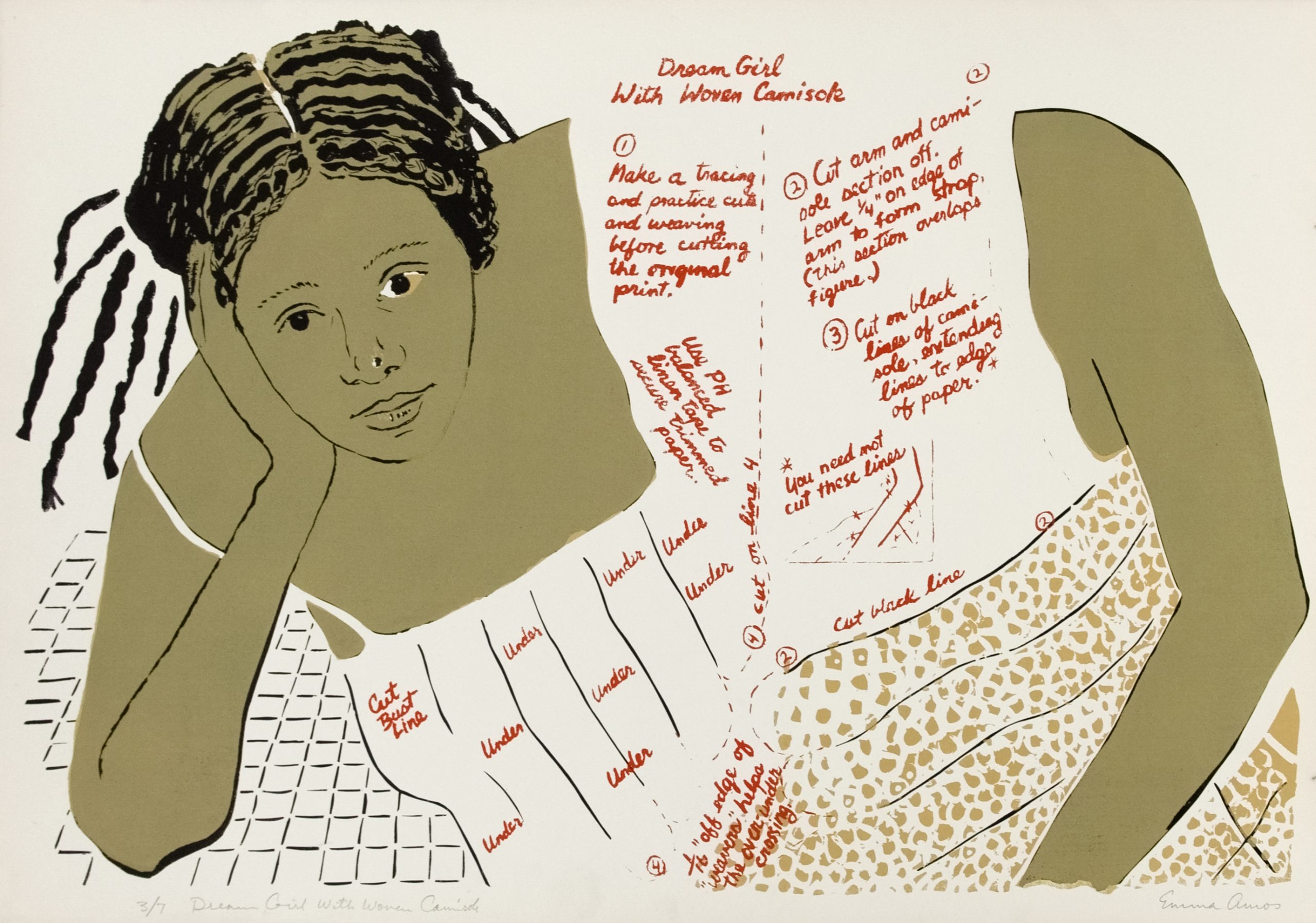
A high-profile acquisition funded by “Ten Seventy-Two — A Campaign for Collecting and Conserving Art” is already slated for a monumental survey in 2021.
In January, curators will exhibit “Dream Girl with Woven Camisole” by Emma Amos at the Georgia Museum of Art in Athens in an important new exhibition. From there, “Emma Amos: Color Odyssey” will travel to the Munson-Williams Proctor Art Institute in Utica, New York, and then to the Philadelphia Museum of Art in Pennsylvania. Curators are producing a major research publication to accompany the tour, which includes approximately 60 works produced over the last 60 years.
By making a year-end gift towards collecting and conserving art, you support a purposeful initiative to increase representation in the museum’s collections and increase these touring opportunities. Additionally, campaign funds raised to date will also help acquire works by Lavett Ballard, Delita Martin, Faith Ringgold and Carrie Mae Weems.
There are other significant museum purchases available in this focus; however, charitable giving is essential to secure these works for exhibition and study.
Will you further enhance this collection strength and create a space for critical conversations? Make a gift today.
Share your enthusiasm for museum education. Contact Ellen Killough, development officer, at 334.844.7032 or ellen.killough@auburn.edu.
